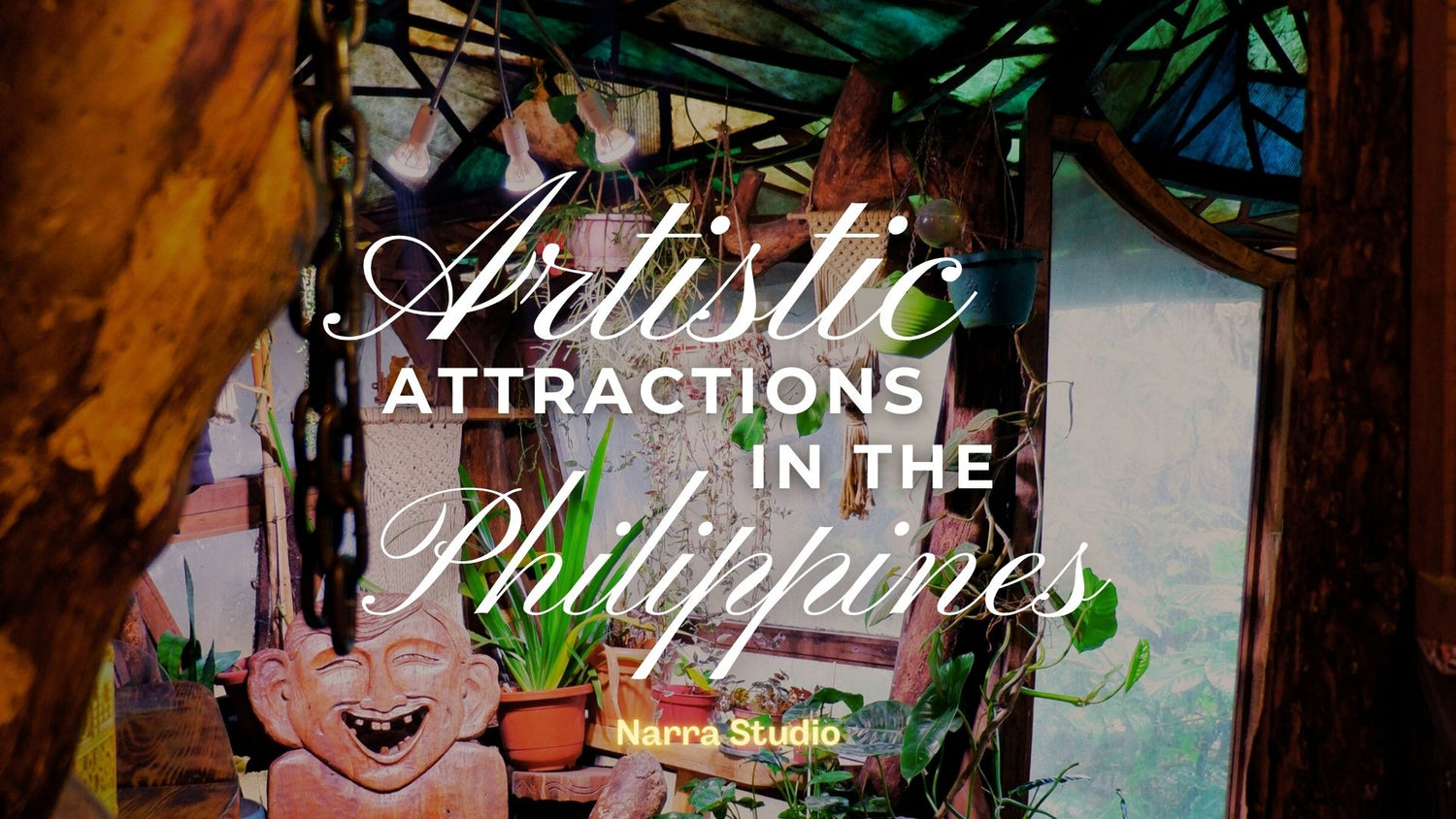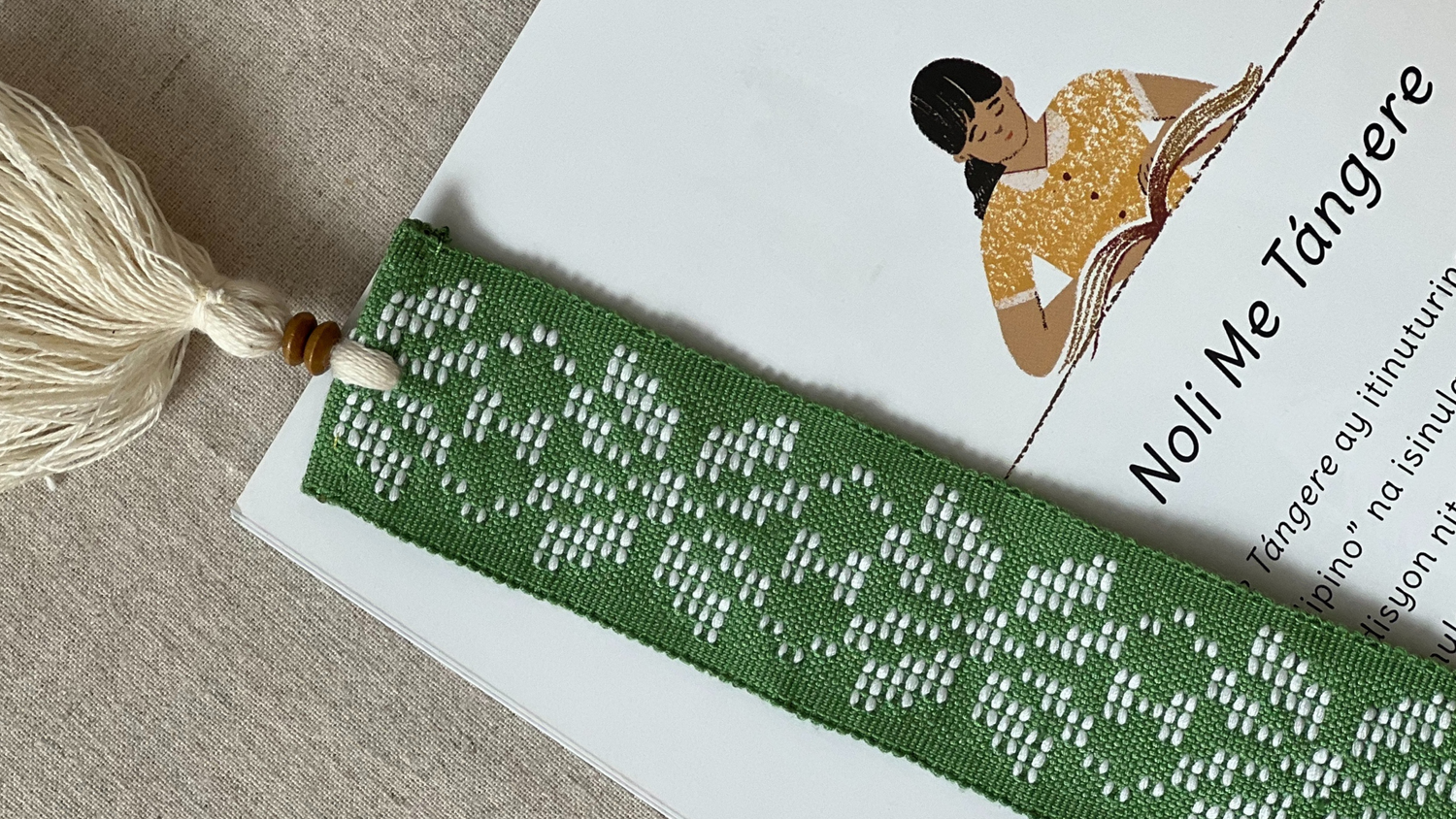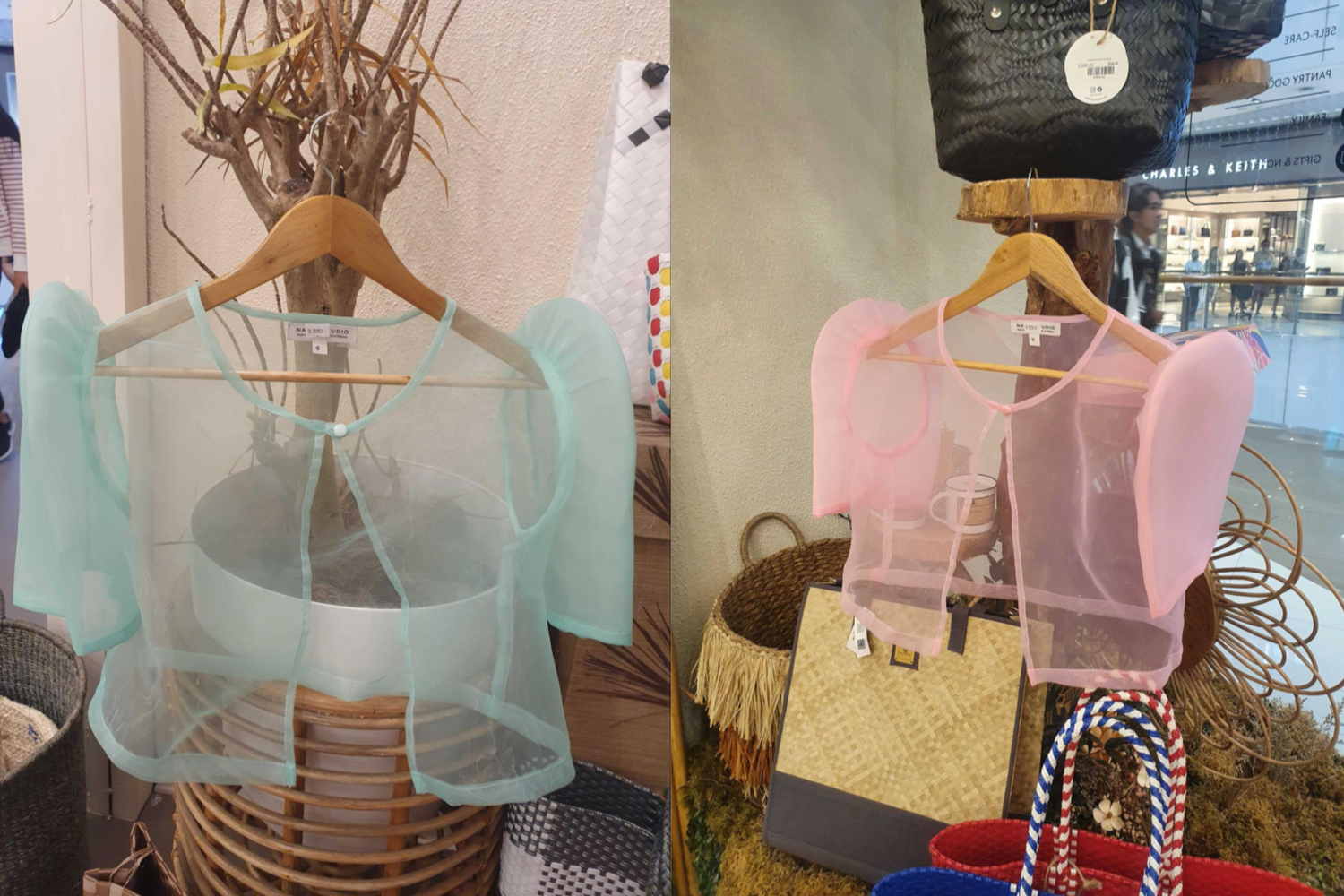Abra, located in northern Luzon of the Philippines, is referred to as the “Natural Dye Capital of the Philippines” for its abundance of natural dye-producing materials and practices, handed down through generations of the indigenous Itneg/Tingguian people.
In the village of Namarabar, located toward central Abra, the Agaid family of the School of Living Tradition Abra are both staunch supporters of the local dyeing industry and some of the finest dyeing practitioners in the region. The late family patriarch, Luis Agaid Sr., is known as the “Father of Natural Dyes.” His son, Luis Agaid, Jr., and wife, Nida, continue to practice and teach these natural dye traditions.
Dyes are created from different natural sources like plants, tree bark, and fruits. To produce the regal dark blue of their ceremonial kinnamayan textile, the Itneg of northern Abra use malatayun, or the native indigo plant. The blue is made by placing the leaves and branches of the plant in water, infusing the water with pigment, and then boiling with lime. Malatayun can yield a variety of cool hues, from different shades of blue, to violet. Other countries in Southeast Asia, as well as certain parts of Europe, also make use of its dyeing properties.

Samples of the naturally-produced dyes of the Itneg

Indigo dye produced by the malatayun plant
The dye industry employs both the textile producers of Abra and its farmers who cultivate many of the plant-based sources the dyes are extracted from. Sappang wood, or sapang, is a flowering tree that is also used to produce pinkish-red and violet. The small red achuete is a fruit contained in a spiky heart-shaped pod that is used for orange dyes. The leaves of the tawa-tawa plant, often used in folklore medicines, also produce a vibrant yellow color. Ipil-ipil, or the river tamarind tree, yields pigments ranging from violet to maroon. The taro root crop, or gabi, create a beautiful yellow green color. The bark of the narra and mahogany trees creates brown, and the talisay fruit can be used to produce black. All of these dyes and more are used for coloring the expressive textiles of the weavers of Abra.
Images from Revival Dye of SLT Abra




